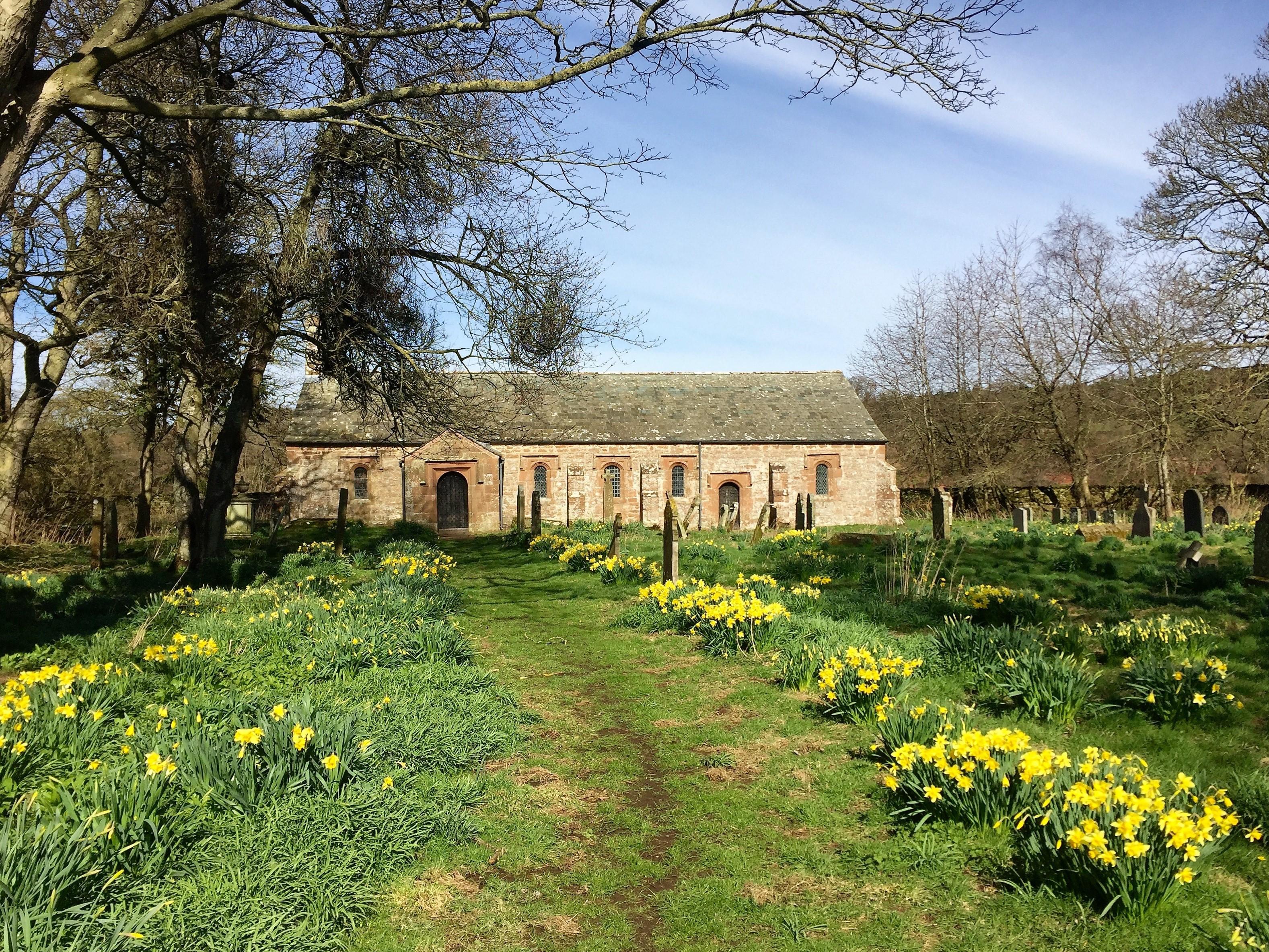St Andrew
Penrith, Cumbria
According to Pevsner, ‘the stateliest church of its time in the county’. Reordered in 1722 on an ancient site, it has many interesting features relating to its history from then until today.

A lovely church in a remote setting.
Brougham, Cumbria
Known locally as Ninekirks, St Ninian's stands remote down a long track, above a bend in the River Eamont and with views of the Pennines and the Lake District. It is worth finding both for its lovely setting and its fascinating history.
The original Norman church was completely rebuilt in the 17th century by Lady Anne Clifford, who inherited Brougham Castle. Her restoration work is recorded in the plasterwork above the altar, in a wreath with her initials AP (Anne Pembroke the Earl of Pembroke was her second husband) with the date 1660.
The building is almost unaltered since, and its simplicity, combined with excellent workmanship, make it both enchanting and memorable. The interior is whitewashed, with clear glass in the windows and a stone flagged floor.
The fine oak fittings include box pews, and family pews with canopies, an elegant screen, and a three decker pulpit.
Penrith, Cumbria
According to Pevsner, ‘the stateliest church of its time in the county’. Reordered in 1722 on an ancient site, it has many interesting features relating to its history from then until today.
Skirworth, Cumbria
Morland, Cumbria
Morland church has the only Anglo Saxon tower in Cumbria which is a remarkable survival and outstanding example of its type, it is probably the oldest building in Cumbria still being used for its original purpose.